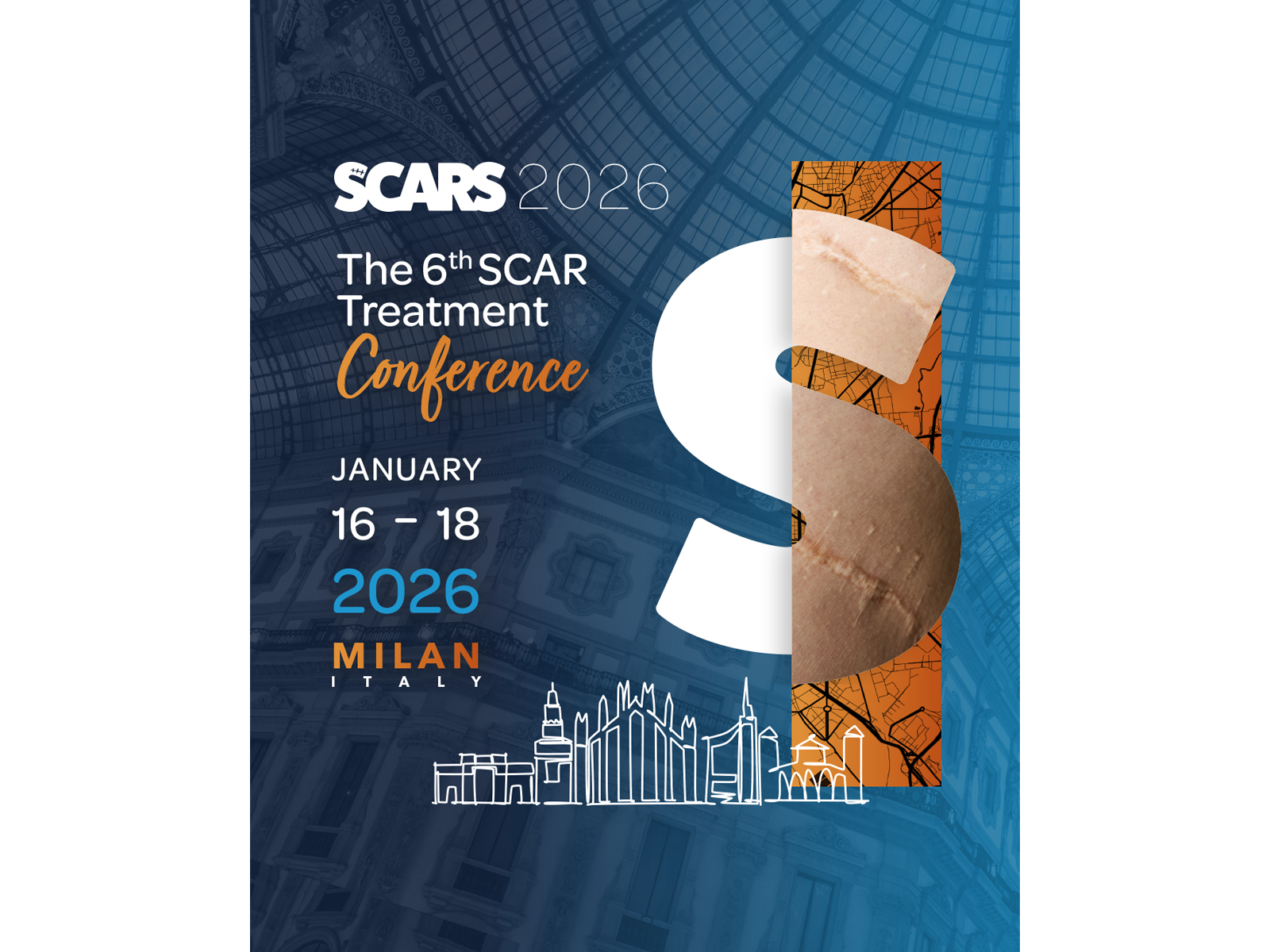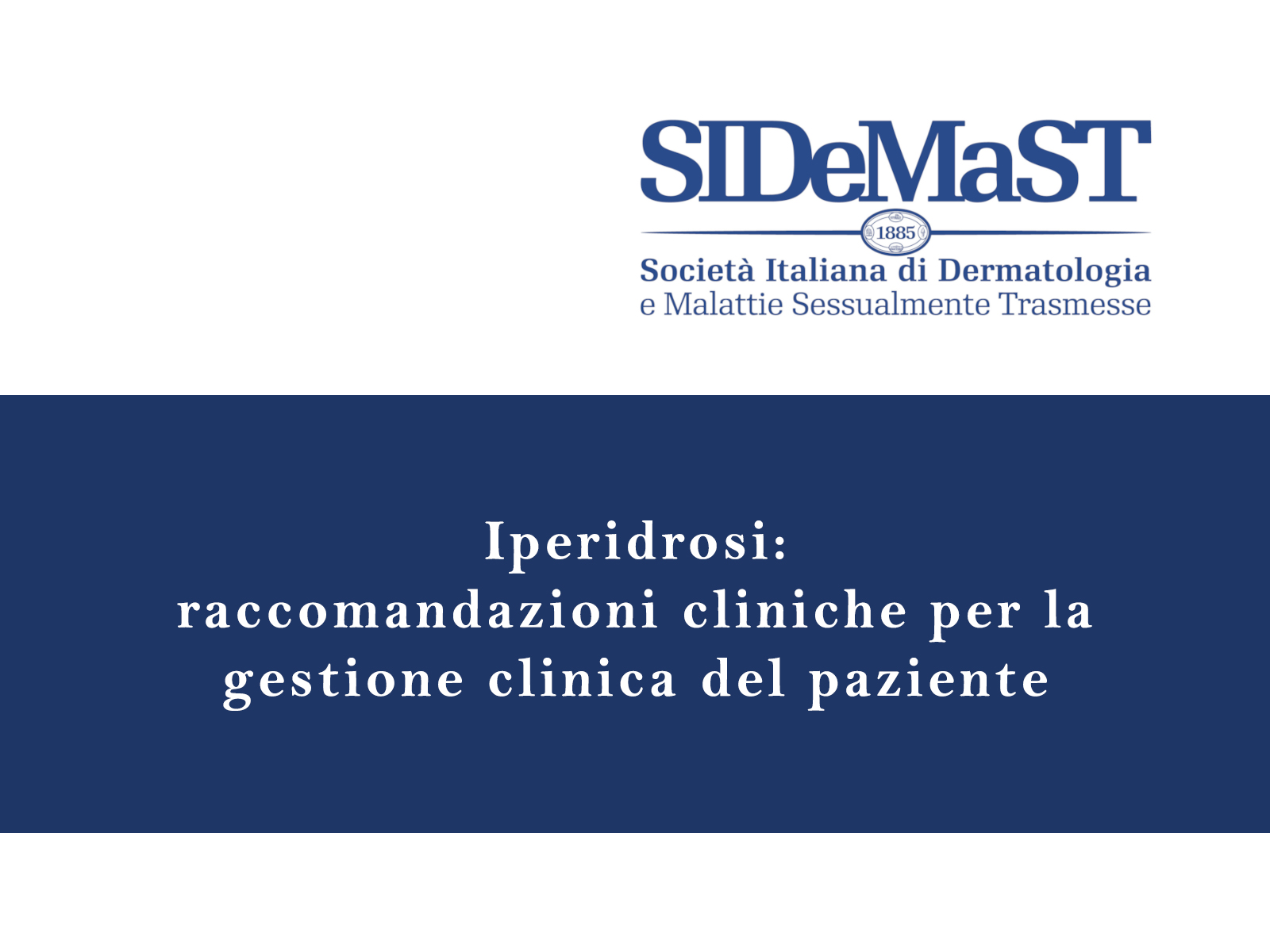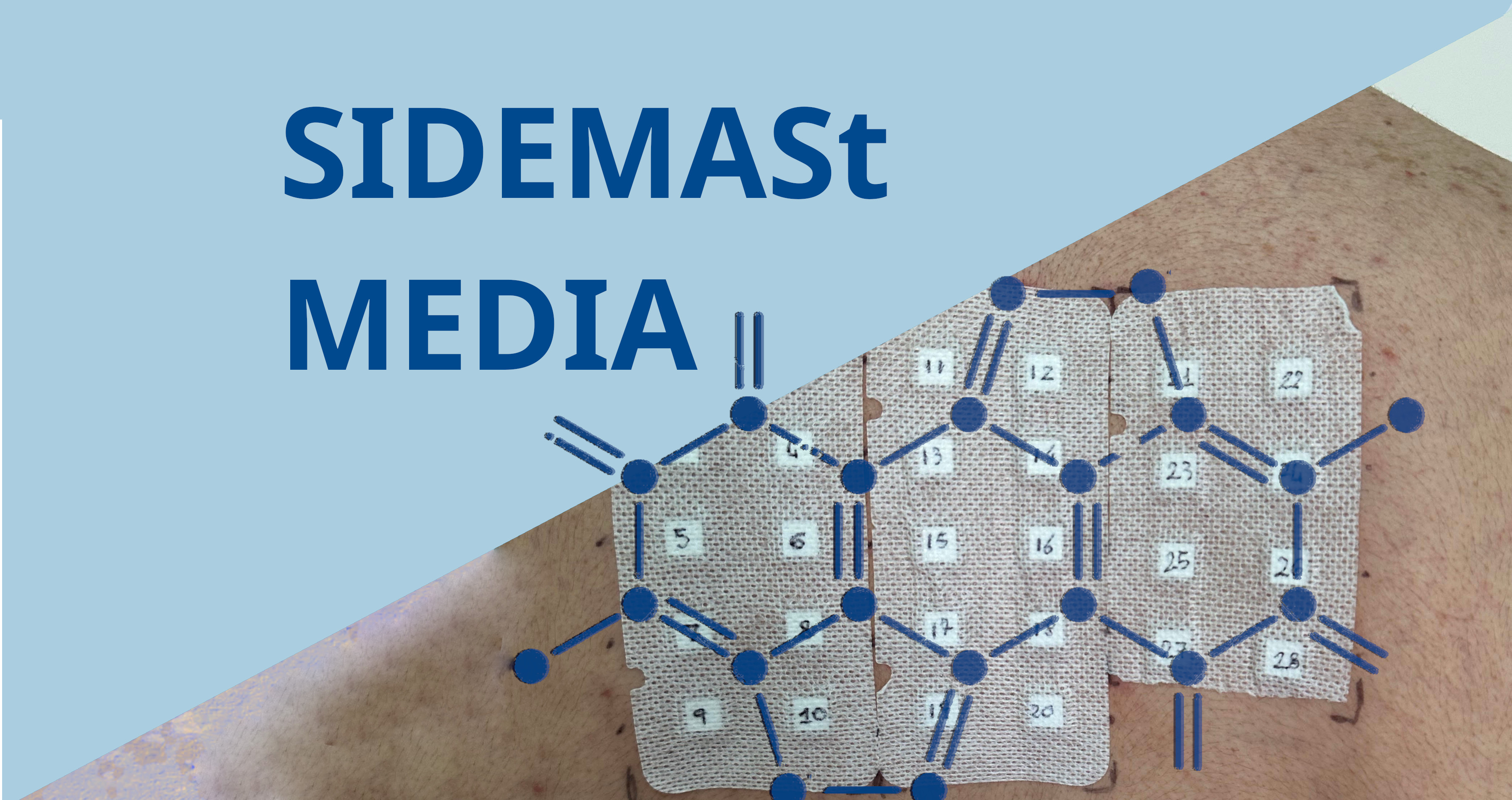Patients receiving DRM04 showed decreased sweat production according to Axillary Sweating Daily Diary (ASDD) response rates, which were 52.8% with DRM04 compared with 28.3% with placebo (P< .001) in the ATMOS-1 study and 66.1% versus 26.9%, respectively (P< .001) in the ATMOS-2 study.
"Statistically significant differences between DRM04 and placebo were also demonstrated for the absolute change in sweat production from baseline to week 4 in both trials," said David Pariser, MD, Eastern Virginia Medical School, Norfolk, Virginia. "Hyperhidrosis, or excessive sweating beyond that required to maintain normal thermal regulation has an impact on quality of life that is comparable to, or greater than, psoriasis and eczema."
ATMOS-1 and ATMOS-2 were controlled, randomised, 4-week phase 3 trials that enrolled patients aged 9 years and older with primary axillary hyperhidrosis lasting 6 months or more, sweat production of ?50 mg/5 min in each axilla, an ASDD score ?4 on an 11-point scale, and a Hyperhidrosis Disease Severity Scale (HDSS) grade of 3 or 4.
ATMOS-1 randomised 229 patients to DRM04 3.75% and 115 to placebo, and ATMOS-2 randomised 234 subjects to DRM04 and 119 to placebo. DRM04 was applied once daily to both axillae for 4 weeks.
The co-primary efficacy endpoints were ASDD response and the absolute change in axillary sweat production at week 4. Other efficacy measures included change in Dermatology Life Quality Index (DLQI) scores.
Significant improvements were observed in patient-reported disease severity after 4 weeks of treatment. Patients receiving DRM04 showed a mean improvement from baseline in DLQI scores of 8.1 points compared with 4.3 with placebo (P< .001) in ATMOS-1. In ATMOS-2, there was a decrease of 8.6 and 5.0 for the DRM04 group and the placebo group, respectively (P< .001).
The incidence of adverse events (AEs) was similar in both trials. The majority of AEs were representative of anticholinergic activity and were mild and transitory.
Funding for this study was provided by Dermira, Inc.
Presentation title: DRM04 for the Treatment of Axillary Hyperhidrosis: Primary Results From the ATMOS-1 and ATMOS-2 Phase 3 Randomized Controlled Trials. Abstract D3T01.1F









